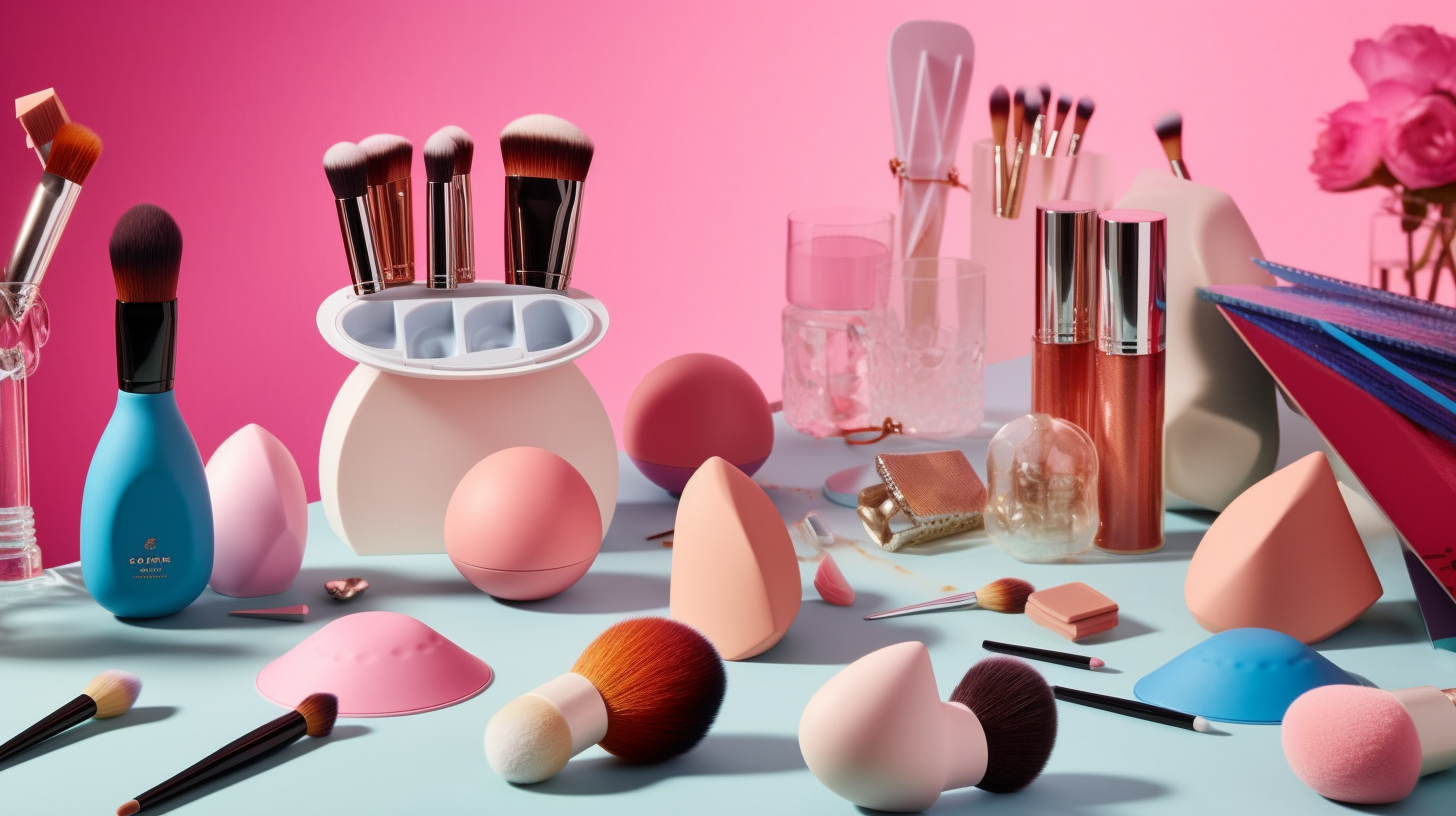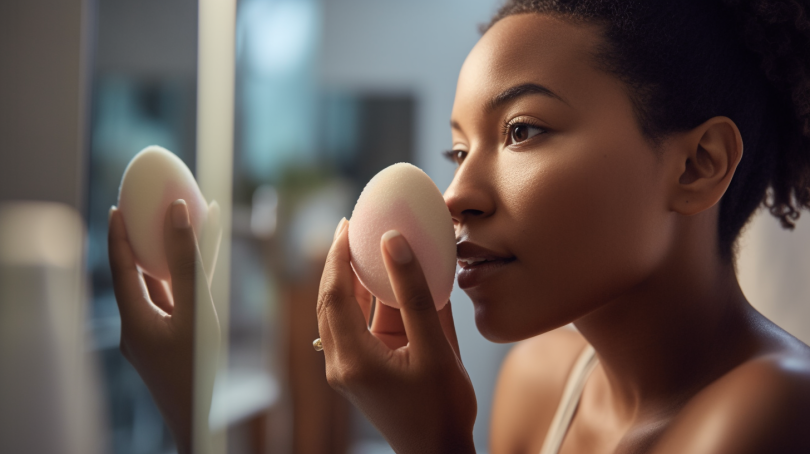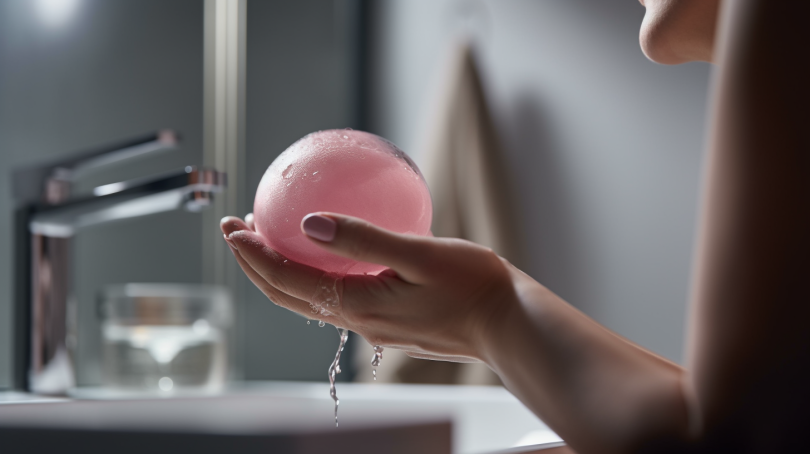The Truth About Hair Straighteners: Can They Cause Long-Term Damage?
Hair straighteners have become a staple styling tool for people of all ages and hair types. It’s no secret that straightening your hair can give you a sleek, polished look that lasts for days. However, as with any beauty treatment, there are risks associated with using hair straighteners. The primary keyword for this topic would be “hair straighteners damage”.
Can hair straighteners cause long-term damage to your hair? In this blog post, we’ll explore the truth about hair straighteners and their potential impact on hair health. We’ll dive into the science behind how these tools work, the different types of damage they can cause, and offer practical tips on how to minimize any long-term effects.
The Science Behind Hair Straighteners
Before we delve into the potential risks associated with hair straightening, let’s take a closer look at how these tools work. Most flat irons use ceramic plates, titanium plates, or tourmaline plates to generate heat that is applied to the hair shaft. When heated, the cuticles on the outer layer of each strand of hair open up, allowing the heat to penetrate more deeply into the cortex of each strand.
This heat causes the hydrogen bonds in each strand to break down temporarily, allowing you to reshape your hair into a different style. Once cooled or exposed to water, these hydrogen bonds reform and lock in place again.
The Different Types of Hair Damage Associated with Straightening
While using a flat iron might seem like an easy way to get perfectly smooth locks, it can also cause damage to your precious strands over time. Here are some of the most common types of damage associated with using a flat iron:
Heat Damage
One of the most significant risks associated with using a flat iron is heat damage. When used improperly, high heat settings can cause the hair to become dry and brittle, leading to breakage and split ends. Over time, this can make the hair look dull and lifeless.
To minimize heat damage, it’s important to use a flat iron with temperature control settings. This allows you to adjust the heat according to your hair type and thickness, minimizing the risk of damage. Additionally, using a heat protectant spray or serum can help protect your strands from excessive heat exposure.
Hair Breakage
Another common issue associated with using a flat iron is hair breakage. When you pull the flat iron through your hair too quickly or with too much pressure, it can cause the hair shaft to snap and break. This is particularly true for people with fine or thin hair.
To avoid breakage, try using a lower heat setting and taking smaller sections of hair when straightening. You should also avoid pulling the flat iron through your hair too quickly or pressing down too hard on each section of hair.
Hair Loss
In some cases, using a flat iron frequently over time can lead to hair loss. This is because excessive heat exposure can damage the follicles that produce new hairs, causing them to fall out prematurely.
If you’re experiencing significant hair loss or thinning, it may be time to reduce your use of a flat iron or switch to other styling tools that are gentler on your strands.
Tips for Minimizing Long-Term Damage
While it’s clear that using a flat iron regularly can cause long-term damage to your hair, there are steps you can take to minimize these risks:
Choose High-Quality Flat Irons
Investing in a high-quality flat iron can go a long way in minimizing damage to your hair. Look for flat irons with ceramic plates, which are gentler on your hair and distribute heat more evenly. You should also look for flat irons with temperature control settings, which will allow you to adjust the heat according to your hair type and thickness.
Use Heat Protectant Products
Applying a heat protectant spray or serum before using a flat iron can help minimize damage caused by excessive heat exposure. These products create a barrier between your hair and the heat, reducing the risk of dryness, breakage, and split ends.
Take Breaks Between Styling Sessions
If you use a flat iron frequently, it’s essential to give your hair a break from time to time. Consider taking a day or two off from straightening each week to allow your strands to recover from any damage.
Avoid Using Flat Irons on Wet Hair
Using a flat iron on wet hair can be particularly damaging since wet hair is more susceptible to breakage and damage. Instead, wait until your hair is completely dry before using a flat iron.
The Bottom Line
Hair straighteners can be an incredibly useful tool for achieving sleek, polished locks. However, as with any styling tool, there are risks associated with using them regularly. By following these tips and minimizing excessive heat exposure, you can enjoy the benefits of straightening without causing long-term damage to your precious strands.
Ultimately, it’s important to remember that everyone’s hair is different. What works for one person may not work for another. If you’re experiencing significant damage or discomfort when using a flat iron or other styling tools, it may be time to consult with a hairstylist or other hair care professional for personalized advice.




